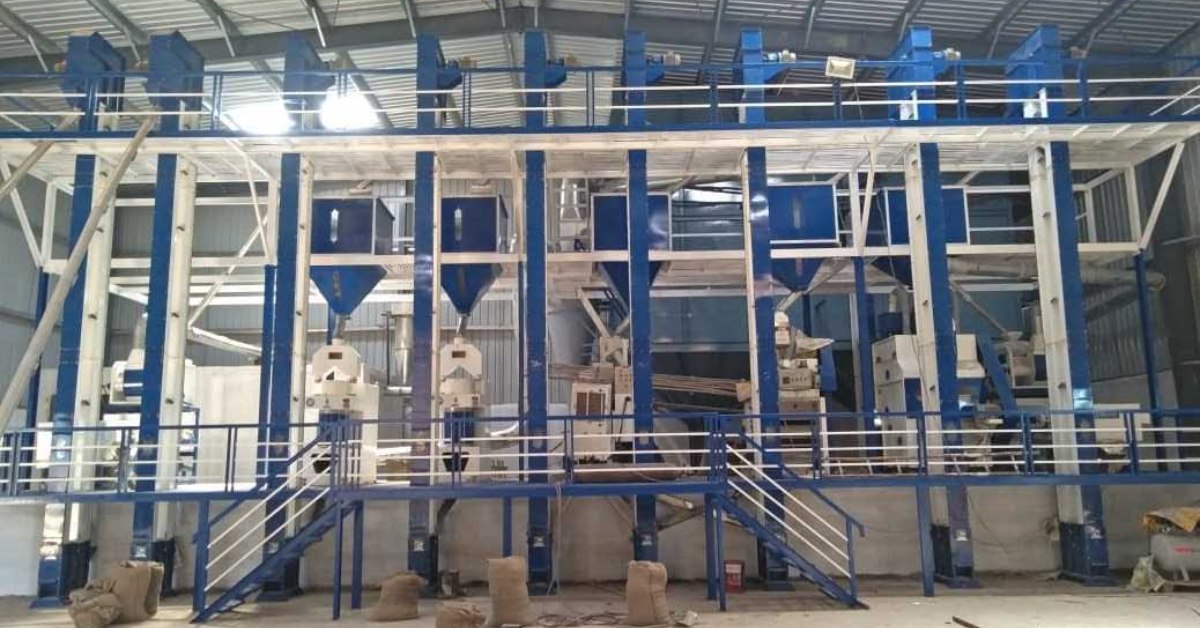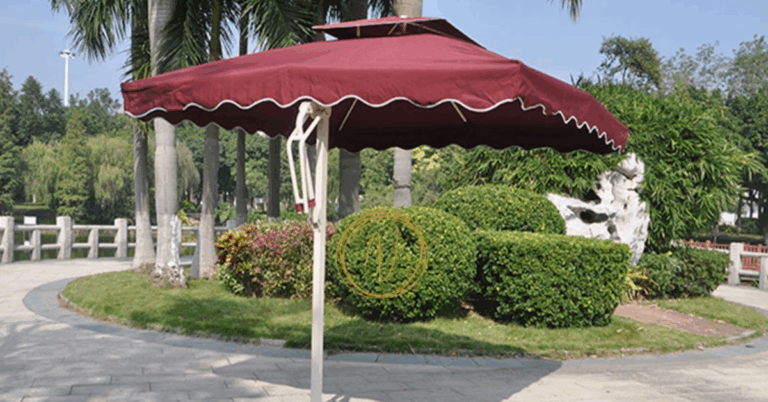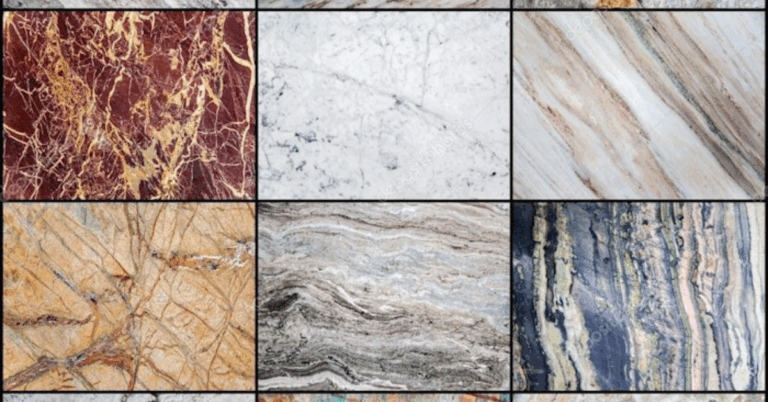Revolutionizing Rice Production: The Power of Modern Rice Plant Machinery
Rice Plant Machinery: Rice, a staple food for over half of the world’s population, is more than just a grain; it’s a cornerstone of global food security, a source of livelihood for millions, and a cultural symbol in countless societies. From the paddy fields to our plates, the journey of rice is intricate, demanding precision, efficiency, and unwavering quality. At Ricetec Machinery, we understand this profound significance, and for decades, we have been at the forefront of designing, manufacturing, and supplying innovative rice plant machinery that transforms raw paddy into the polished grains we consume daily.
The evolution of rice milling has been remarkable. What once involved laborious manual processes has now become a highly automated, sophisticated operation, thanks to advancements in machinery. Modern rice plant machinery is not just about speed; it’s about optimizing every step of the process, minimizing waste, maximizing yield, and ensuring the highest quality product. This blog will delve deep into the world of rice plant machinery, exploring its essential components, the intricate processing steps, the myriad benefits of embracing modern technology, and how Ricetec Machinery stands as a trusted partner in this vital industry.
The Journey from Paddy to Plate: Understanding the Rice Milling Process
Before we explore the machinery, it’s crucial to understand the sequential steps involved in transforming raw paddy into edible rice. This multi-stage process is designed to remove the inedible outer layers while preserving the integrity and nutritional value of the rice kernel.
The Essential Stages of Rice Processing
-
Pre-cleaning: The very first step in any efficient rice mill is pre-cleaning. Raw paddy, fresh from the fields, often contains various impurities such as straw, dust, stones, sand, weed seeds, and other foreign matter. A robust pre-cleaner, typically equipped with vibrating screens and powerful air blowers, meticulously removes these contaminants. This stage is critical as it protects subsequent machinery from damage and significantly improves the overall milling efficiency and quality of the final product.
-
De-stoning: Even after pre-cleaning, some heavier impurities like stones might remain due to their similar size to paddy grains. De-stoners utilize principles of gravity and vibration to separate these denser materials from the paddy. This ensures that the rice kernels are free from grit and prevents wear and tear on the rubber rollers used in the dehusking process.
-
Dehusking (Hulling): This is where the magic truly begins. The dehusking machine, commonly known as a huller or sheller, removes the outer husk (chaff) from the paddy grain. This is typically achieved by passing the paddy between two rapidly rotating rubber rollers, which operate at different speeds. The friction generated by these rollers efficiently strips off the husk, leaving behind brown rice. An efficient husker is crucial for minimizing broken grains and maximizing yield. The separated husk is then removed by an aspiration system, often collected for use as biofuel or in other industrial applications.
-
Paddy Separation: After dehusking, the output is a mixture of brown rice, unhusked paddy, and some broken rice. The paddy separator is a vital machine that effectively separates the unhusked paddy from the brown rice based on differences in their specific gravity, buoyancy, and size. The unhusked paddy is then recirculated back to the dehusking stage for reprocessing, ensuring maximum yield.
-
Whitening (Polishing): Brown rice still retains its bran layer, which is rich in nutrients but can affect the texture and shelf life for certain culinary preferences. The whitening or polishing stage removes this bran layer and the germ to produce white rice. This is typically done using abrasive or friction-type polishers. The rice passes through multiple whitening machines in series to achieve the desired degree of polish and to minimize breakage. The amount of bran removed influences the nutritional profile and appearance of the final product.
-
Grading and Sifting: Once polished, the white rice is then separated into different categories based on size and quality. A rice grader, often an oscillating screen sifter or a length grader, separates head rice (whole kernels) from large broken rice, small broken rice, and “brewers” (very small fragments). This precise grading is essential for meeting market standards and customer expectations, as different grades of rice command different prices and have distinct culinary applications.
-
Mist Polishing (Optional): For a highly lustrous and appealing finish, some rice mills employ mist polishers. These machines introduce a fine mist of water onto the whitened rice, which, combined with friction, helps remove any residual bran dust and enhances the rice’s sheen.
-
Color Sorting: In modern rice mills, color sorters are indispensable for ensuring the highest quality and purity. These advanced machines use optical sensors to detect and remove discolored grains, foreign materials, and defective kernels based on their color. This critical step significantly elevates the aesthetic appeal and market value of the rice.
-
Weighing and Bagging: The final stage involves accurately weighing the processed rice and packaging it into various sizes, ready for distribution and sale. Automated weighing and bagging machines ensure precision, efficiency, and hygienic handling.
The Pillars of Productivity: Key Rice Plant Machinery Components
Each stage of the rice milling process relies on specialized machinery, meticulously engineered to perform its function with optimal efficiency. Ricetec Machinery offers a comprehensive range of these essential components, renowned for their durability, performance, and technological sophistication.
Core Components of a Modern Rice Mill
- Vibro Pre Cleaner: Designed for initial cleaning, effectively removing straw, dust, and other light impurities.
- Vibro Destoner Machine: Essential for separating stones and other heavy foreign matter from the paddy.
- Pneumatic Rubber Sheller (Dehusker): Utilizes durable rubber rollers and pneumatic control for efficient dehusking with minimal breakage.
- Paddy Separator (Single and Double Body Butterfly): Key for separating unhusked paddy from brown rice, ensuring optimal re-circulation and yield.
- Husk Aspirator: Efficiently removes the separated husk, maintaining a clean processing environment.
- Rice Whitener: Removes the bran layer to produce white rice, available in various configurations to achieve desired whiteness.
- Silky Rice Polisher: For achieving a highly polished, lustrous finish on the rice grains.
- Rice Sifter Machine: Accurately separates rice grains into different sizes and grades.
- Length Grader: Precisely sorts rice based on length, crucial for producing head rice and categorized broken rice.
- Rice Color Sorter: Employs advanced optical technology to remove discolored grains and impurities, enhancing overall quality.
- Bucket Elevators: Essential for vertical transport of rice and paddy between different processing stages, ensuring smooth material flow.
- Control Panels and Automation Systems: The nerve center of a modern rice mill, enabling precise control, monitoring, and automation of the entire process, minimizing human error and maximizing efficiency.
The Ricetec Advantage: Benefits of Modern Rice Plant Machinery
Investing in advanced rice plant machinery from a reputable manufacturer like Ricetec Machinery brings a multitude of benefits that directly impact profitability, product quality, and operational efficiency.
Unlocking Efficiency and Quality
- Increased Processing Capacity and Throughput: Modern machinery is engineered for high-speed operation, allowing mills to process larger volumes of paddy in less time. This translates to increased output and the ability to meet higher market demand.
- Enhanced Product Quality and Consistency: Precision engineering and advanced control systems ensure consistent processing at every stage. This results in a higher percentage of head rice, a lower broken rice ratio, and superior overall grain quality, meeting stringent market standards and consumer expectations.
- Reduced Labor Costs and Automation: Automation is a hallmark of modern rice mills. Machines perform tasks that traditionally required significant manual labor, reducing the need for extensive workforces and minimizing associated labor costs. This also improves operational safety by reducing human interaction with machinery.
- Energy Efficiency and Cost Savings: Ricetec Machinery focuses on developing energy-efficient solutions. Modern motors, optimized designs, and intelligent control systems consume less power, leading to significant reductions in operational costs and a smaller carbon footprint.
- Minimal Wastage and Environmental Responsibility: Efficient dehusking, effective separation, and precise grading minimize grain loss throughout the milling process. Furthermore, the ability to collect and potentially utilize byproducts like husk contributes to more sustainable practices and reduced environmental impact.
- Improved Hygiene and Food Safety: Automated systems and robust, easy-to-clean machinery reduce human contact with the rice, minimizing the risk of contamination and ensuring higher standards of food hygiene.
- Customization and Flexibility: Ricetec Machinery understands that every client has unique needs. Our range of machinery and integrated systems can be customized to suit varying scales of operation, from small-scale mills to large commercial processing plants, and to handle different varieties of rice.
- Durability and Long-Term Reliability: Built with high-quality raw materials and cutting-edge technology, Ricetec machinery is designed for longevity and minimal maintenance. This translates to fewer breakdowns, reduced downtime, and lower long-term operational costs, ensuring a strong return on investment.
- Comprehensive Support and Service: Beyond providing world-class machinery, Ricetec Machinery offers comprehensive support, including installation, training, and prompt after-sales service. This partnership approach ensures smooth operations and maximum uptime for our clients.
Ricetec Machinery: Your Partner in Rice Processing Excellence
Since our inception in 2004, Ricetec Machinery has been committed to advancing the grain processing industry. We are an ISO 9001:2015 and CE certified company, adhering to the highest international quality standards. Our dedication to continuous research and development, coupled with a deep understanding of the challenges faced by rice millers, has enabled us to consistently deliver innovative and highly efficient machinery.
We believe that every grain of rice holds immense potential, and our machinery is designed to unlock that potential with precision and care. Whether you are looking to establish a new rice mill, upgrade existing equipment, or optimize your processing line, Ricetec Machinery offers tailored solutions and expert guidance. Our integrated processing systems and total engineering solutions for paddy, wheat, dal, maize, and other grains are a testament to our expertise and commitment to customer satisfaction.
Conclusion
The journey of rice from a humble grain to a global food staple is a testament to human ingenuity and technological advancement. Modern rice plant machinery plays a pivotal role in this journey, ensuring that the world’s growing population has access to high-quality, nutritious rice. By investing in advanced machinery, rice millers can achieve unprecedented levels of efficiency, quality, and profitability.
At Ricetec Machinery, we are proud to be a driving force behind this transformation. Our comprehensive range of rice plant machinery, backed by decades of experience, rigorous quality control, and a customer-centric approach, empowers our clients to excel in the competitive rice processing market. As the demand for rice continues to grow, Ricetec Machinery remains dedicated to innovating and providing the solutions that will shape the future of rice production, ensuring a sustainable and prosperous future for the industry.
FAQ: Frequently Asked Questions about Rice Plant Machinery
Common Questions and Answers
Q1: What is the ideal moisture content for paddy before milling? A1: A moisture content of approximately 14% is generally considered ideal for milling. If the moisture content is too low, it can lead to increased grain breakage. If it’s too high, it can affect milling efficiency and the storage stability of the rice.
Q2: What are the main types of rice produced by a rice mill? A2: A rice mill primarily produces white rice. Depending on the level of polishing and grading, it can produce head rice (whole kernels), large broken rice, small broken rice, and sometimes specialty rice like parboiled rice or brown rice (if the whitening step is skipped).
Q3: How important is the pre-cleaning and de-stoning stage? A3: Extremely important. These initial stages are crucial for removing impurities that can damage subsequent machinery (especially rubber rollers) and significantly impact the quality and purity of the final rice product. Neglecting these steps can lead to increased maintenance costs and lower rice quality.
Q4: What is the purpose of a paddy separator? A4: After dehusking, not all paddy grains are completely hulled. The paddy separator effectively separates the unhusked paddy from the brown rice, allowing the unhusked paddy to be re-circulated to the sheller for further processing, thus maximizing the yield of brown rice.
Q5: How does a color sorter improve rice quality? A5: A color sorter uses advanced optical sensors to identify and remove discolored grains, chalky grains, foreign materials, and other defects that are not removed by mechanical means. This significantly enhances the visual appeal, purity, and market value of the processed rice.
Q6: What are the primary byproducts of rice milling and their uses? A6: The primary byproducts are rice husk and rice bran. Rice husk can be used as fuel for boilers, in power generation, for animal bedding, or as a raw material for construction. Rice bran is a valuable byproduct, rich in oil and nutrients, and is used in animal feed, for extracting rice bran oil, and in some food products.
Q7: How often do rubber rollers in the dehusker need to be replaced? A7: The lifespan of rubber rollers depends on various factors, including the type of paddy, the operating conditions, and the quality of the rollers themselves. Regular inspection is necessary, and they should be replaced when signs of significant wear or reduced dehusking efficiency are observed to maintain optimal performance and minimize grain breakage.
Q8: Does Ricetec Machinery offer turnkey solutions for rice mills? A8: Yes, Ricetec Machinery provides complete turnkey solutions, encompassing everything from plant design and machinery supply to installation, commissioning, and after-sales support. This ensures a seamless and efficient setup for our clients.







